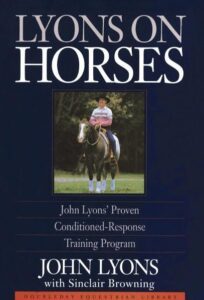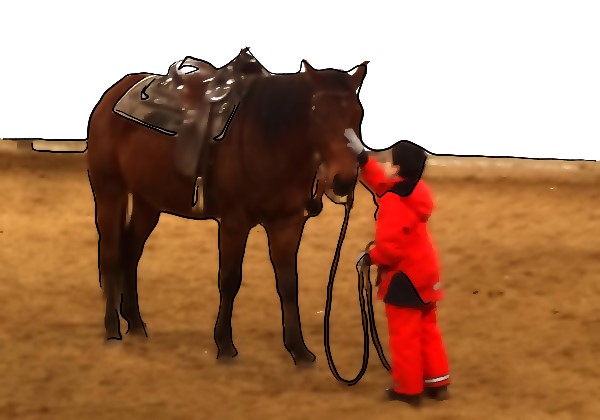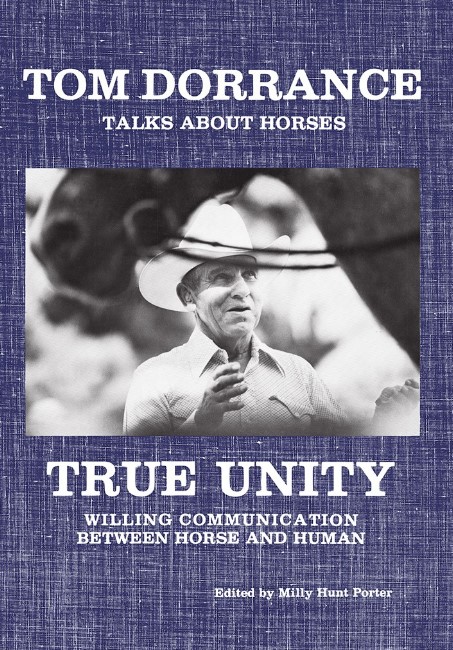- “That [the horse] is so constituted by nature that he will not offer resistance to any demand made of him which he fully comprehends, if made in a way consistent with the laws of his nature.“
- “That he has no consciousness of his strength beyond his experience, and can be handled according to our will without force.“
- “That we can, in compliance with the laws of his nature, by which he examines all things new to him, take any object, however frightful, around, over, or on him, that does not inflict pain — without causing him to fear.“
These principles are clearly related to some concepts already mentioned in Natural Horsemanship: consistency, gentleness, desensitizing. It is quite interesting to read along the book some concepts and ideas that were contemporary to Xenophon more than 2,000 years ago.
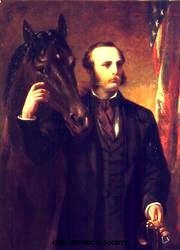
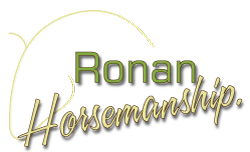
 ENGLISH
ENGLISH DEUTSCH
DEUTSCH ESPAÑOL
ESPAÑOL FRANÇAIS
FRANÇAIS